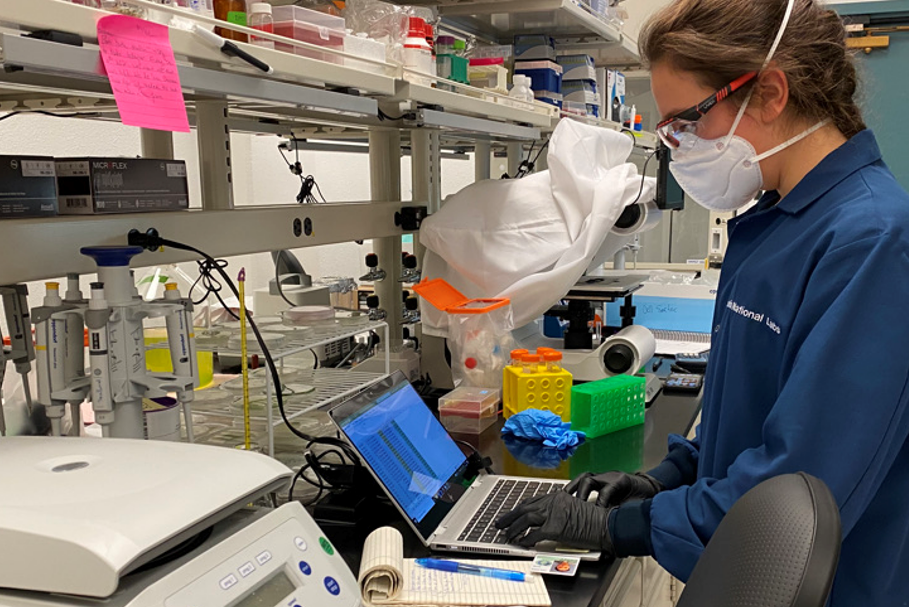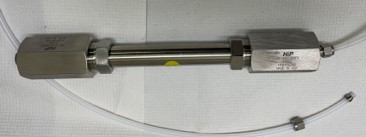Sandia leverages analytic capabilities and laboratories to support experimentation and research for characterizing the suitability of subsurface hydrogen storage. We study multiple subsurface environments — including domal salt structures, bedded salt/sedimentary formations and porous media — to store and recover hydrogen for safe and effective industrial use.


Unique Research Capabilities
To safely characterize subsurface environments, Sandia applies core research objectives including:
- Flow and reactive transport expertise to facilitate integration of geochemistry laboratory work, molecular dynamics simulation, and reservoir-scale simulations
- Reservoir and cavern-level storage, including storage pressure and injection pressure for hydrogen utilization applications at industrial scale
- System-level modeling and optimization/sizing of functional components in integrated hydrogen production, conveyance and storage systems
- Integration of hydrogen system models with local and/or regional power systems models
- Technoeconomic analysis and policy analysis to assess the cost of hydrogen production, storage, and conveyance systems ($/kg H2) while accounting for renewable energy credits and life cycle analysis
Applied Science Expertise
Sandia benefits from diverse applied science expertise used to characterize subsurface environments for suitability of hydrogen storage including:
Geomechanics
- Geomechanical evaluation of all rock types
- Geomechanical characterization including porosity, compressive and tensile strength, triaxial stress, dedicated creep lab, ultrasonic velocity measurement, permeability analysis, and optical and microCT imaging
Geochemistry
- Expertise and the state-of-the-art equipment to characterize geochemical and geomechanical properties of host rock formation
- Hydrogen/helium adsorption behavior with geologic media including adsorption isotherms
- Hydrogen-induced reaction investigations
Biology
- Microbiology investigation to identify and characterize presence of microbes, metabolic actions (acetogenesis, bacterial sulfur reduction, and methanogenesis) and metagenomic sequencing
- Determination of biologically induced hydrogen loss potential and adverse metabolic pathways
Water
- Evaluation of water availability, quality for use in hydrogen production methods, and useability of available water
To learn more about our hydrogen subsurface capabilities, visit Sandia’s Fossil Energy webpage.
Contact
Don Conley
(505) 845-3555
dconley@sandia.gov